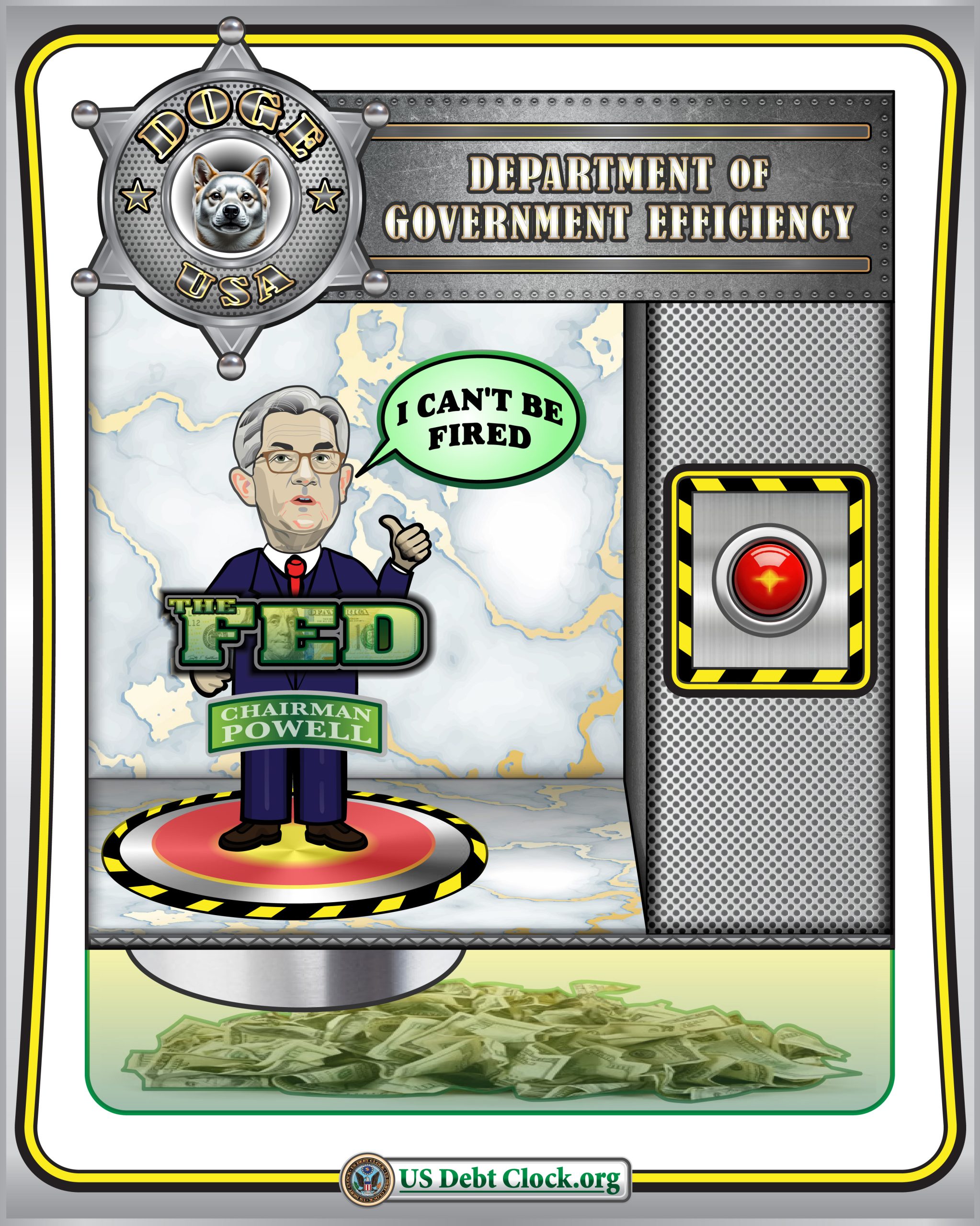Empires often collapse under the weight of their own excesses, and the U.S. may be hurtling toward that precipice. For over a century, the United States has held the mantle of global economic supremacy, but the cracks in this financial facade are becoming increasingly apparent. The nation’s fiscal policy, debt management (or lack thereof), and trajectory of interest payments on its towering $36 trillion debt are raising alarms that echo the declines of once-great empires.

A Century and a Half of Debt: A Long Lens
To understand the gravity of today’s predicament, one must zoom out to a 150-year timeline. After the Civil War, U.S. debt stood at $2.7 billion, a hefty sum for its time but manageable relative to the economy. Debt surged again during the World Wars but was mitigated by post-war growth and fiscal responsibility.
However, the last 50 years tell a different story. From $371 billion in 1970 to $36 trillion today, the U.S. debt has exploded, fueled by decades of deficit spending, tax cuts without corresponding revenue offsets, and costly wars and bailouts. Now, the debt-to-GDP ratio hovers at precarious levels, signaling fiscal instability reminiscent of the final days of empires like Rome or Britain.
The $5 Trillion Revenue Problem
The U.S. government collects approximately $5 trillion annually through taxes, fees, and tariffs. While this revenue seems robust, it is dwarfed by the financial commitments the government has taken on, particularly interest payments on its debt.
In 2025, interest payments are projected to reach $1.4 trillion—a staggering 28% of total government revenue. To put this into perspective, nearly a third of every dollar collected will go toward servicing debt, leaving less for critical areas like defense, infrastructure, education, and healthcare.
The Trajectory of Bankruptcy

This trajectory isn’t just unsustainable—it’s a slow-motion train wreck. Here’s why:
- Compound Interest Crisis
As debt grows and interest rates rise, the cost of servicing that debt increases exponentially. With no signs of reversing this trend, interest payments will consume even larger portions of revenue in the coming years. - Crowding Out Investment
The more revenue allocated to debt servicing, the less remains for investments in economic growth. This diminishes the government’s ability to stimulate the economy, further exacerbating debt reliance. - Erosion of Trust
The U.S. dollar’s status as the world’s reserve currency hinges on confidence in America’s fiscal health. A trajectory toward bankruptcy undermines this confidence, potentially leading to reduced foreign investment and a weakening dollar. - Economic Instability
If interest payments exceed the government’s ability to collect revenue, drastic measures such as austerity cuts, higher taxes, or even debt default could ensue, destabilizing both domestic and global markets.
Lessons from History
Empires fall when their resources are mismanaged. Rome’s fiscal irresponsibility and Britain’s post-war economic decline offer stark warnings. Both overextended their resources, relied heavily on debt, and eventually lost their global influence.
The U.S. finds itself at a similar juncture. Without meaningful fiscal reforms, including spending reductions and a reevaluation of entitlement programs, the nation risks following the same path.
A Call to Action
Invest Offshore urges investors to consider the implications of this fiscal trajectory. Diversification into hard assets such as gold, foreign real estate, and ISO 20022-compliant cryptocurrencies may provide a hedge against potential economic instability. Exploring investment opportunities in emerging markets, particularly those in the resource-rich Copperbelt Region of West Africa, could also offer growth and protection in uncertain times.
The empire is not yet lost, but the clock is ticking. Without decisive action, the U.S. may transition from a superpower to a cautionary tale—a nation brought to its knees by the weight of its own debt. The time to act is now.

Leave a Reply